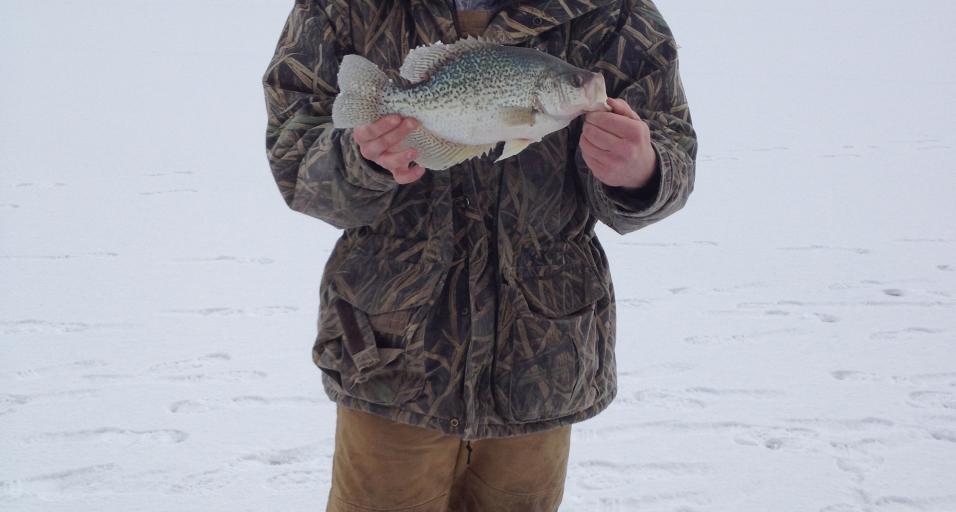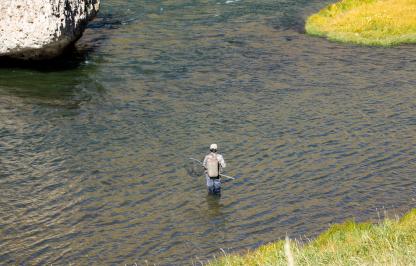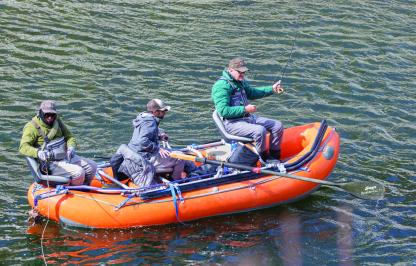As ice fishing season progresses, the Wyoming Game and Fish Department advises anglers to use extreme caution while venturing out. Ice on many waters may not be safe, especially with variable temperatures throughout the state.
“Ice fishing is a fun winter activity but it does require attention to safety,” said Alan Osterland, Game and Fish chief of fisheries. “Many fisheries around the state are warmer than usual, so staying safe on the ice is very important to prevent accidents.”
For safe fishing ice should be at least four inches thick. Anglers should take special efforts to check the thickness of the ice every 100 to 150 feet. Avoid fissures in the ice and significant-sized cracks that can emerge on a lake. Clear ice is stronger than cloudy or white ice, which has frozen, thawed and refrozen and is not always stable. White ice also can be from air bubbles or frozen snow and is much weaker than clear ice. For white ice double the recommended thickness in terms of being safe while fishing.
Fluctuating water levels in reservoirs and wind can impact ice conditions and create dangerous ice conditions. Be aware of recent weather conditions and scout the lake you wish to fish for overflow, wet areas and open water. With variable ice conditions across the state and rapidly changing conditions anglers are urged to call their regional Game and Fish office to inquire about ice conditions.
While ice fishing, prioritizing safety is key to preventing accidental drownings.
“The best way to stay safe is being extra cautious — avoid driving a motorized vehicle on a frozen lake and ice fishing on rivers or on other moving water that has frozen over,” Osterland said.
Osterland also recommends anglers should not fish alone. They should wear a lifejacket or personal flotation device and carry an ice pick. Packing extra clothes and hot liquids can prevent hypothermia if an ice fishing accident occurs.
Anglers venturing on fishing trips this winter also should keep in mind the Fishing Regulations and the Special Winter Ice Fishing Provisions, available on the Game and Fish website, at regional offices and at the Cheyenne Headquarters.
_1.jpg)



